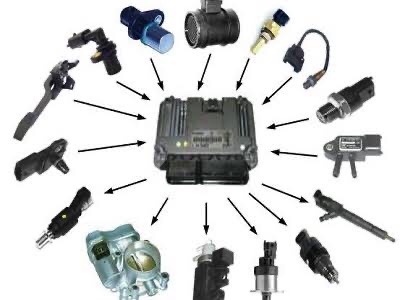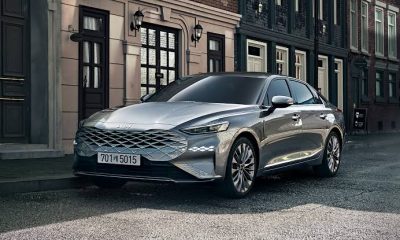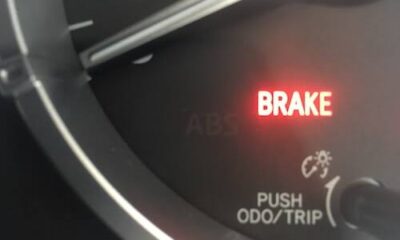WHEELSCLINIC
Engine Sensors: Everything you need to know

Computers can only do what they are programmed to do. If they get garbage in, they put garbage out. In an automotive engine control computer (called a Powertrain Control Module or PCM), the input data is not from a keyboard but electronic signals from various sensors.
They act the like the engines eyes and ears helping it make the most of its driving conditions. Consequently, the Powertrain Control Module (PCM) can’t do this if the inputs it receives are faulty or missing.
For example, the engine control system will not go into “closed loop,” if the PCM does not receive a good signal from the coolant sensor or oxygen sensor.
Nor can it balance the fuel mixture correctly if it does not receive good inputs from the throttle position sensor, MAP sensor or airflow sensor. The engine may not even start if the PCM does not get a signal from the crankshaft position sensor.
Sensors monitor all the key functions necessary to manage ignition timing, fuel delivery, emission controls, transmission shifting, cruise control, engine torque reduction (if the vehicle has antilock brakes with traction control) and charging output of the alternator.
On many late model vehicles (Toyota, Nissan, etc.), the PCM even controls the throttle because there is no direct cable or linkage connection to the throttle. Reliable sensor inputs are an absolute must if the whole system is to operate smoothly.
-

 AVIATION5 years ago
AVIATION5 years agoPhoto News: Air Peace commence flight operations to South Africa
-

 Car News5 years ago
Car News5 years agoPolestar is recalls over 2000 electric cars due to software bug
-

 RAIL4 years ago
RAIL4 years ago36 Killed in Pakistan Train Accident
-

 Technology5 years ago
Technology5 years agoCommon mistakes in CO₂ emissions calculations
-

 Business5 years ago
Business5 years ago2016 Volvo XC60 review and specifications
-

 Reviews5 years ago
Reviews5 years ago2021 Audi A6 Specifications and Review
-

 Reviews3 years ago
Reviews3 years agoDebutant Kia’s new K8 sedan benchmarks luxury, safety
-

 SAFETY / CAR CARE5 years ago
SAFETY / CAR CARE5 years agoHandbrake warning light; what it means and what to do
